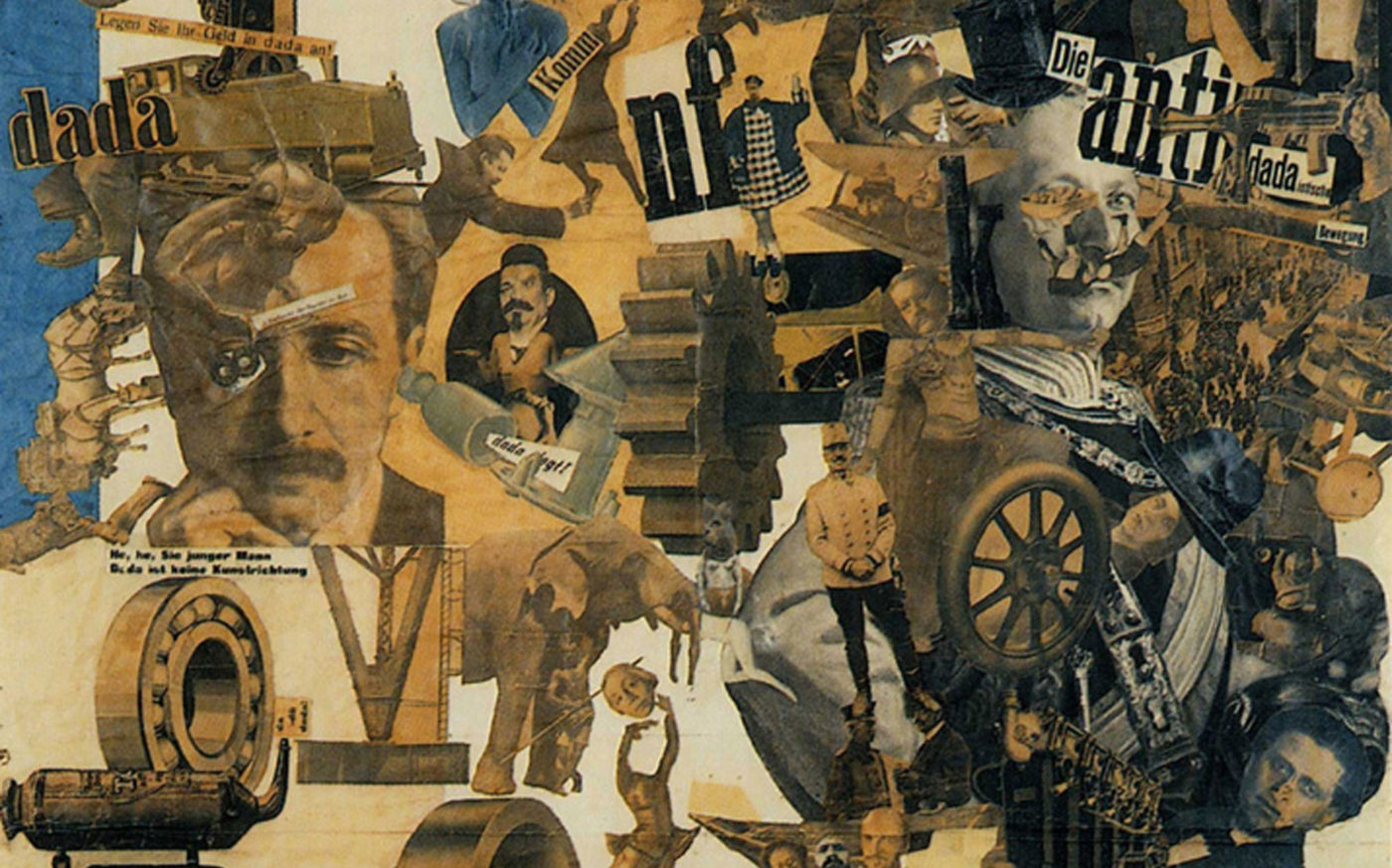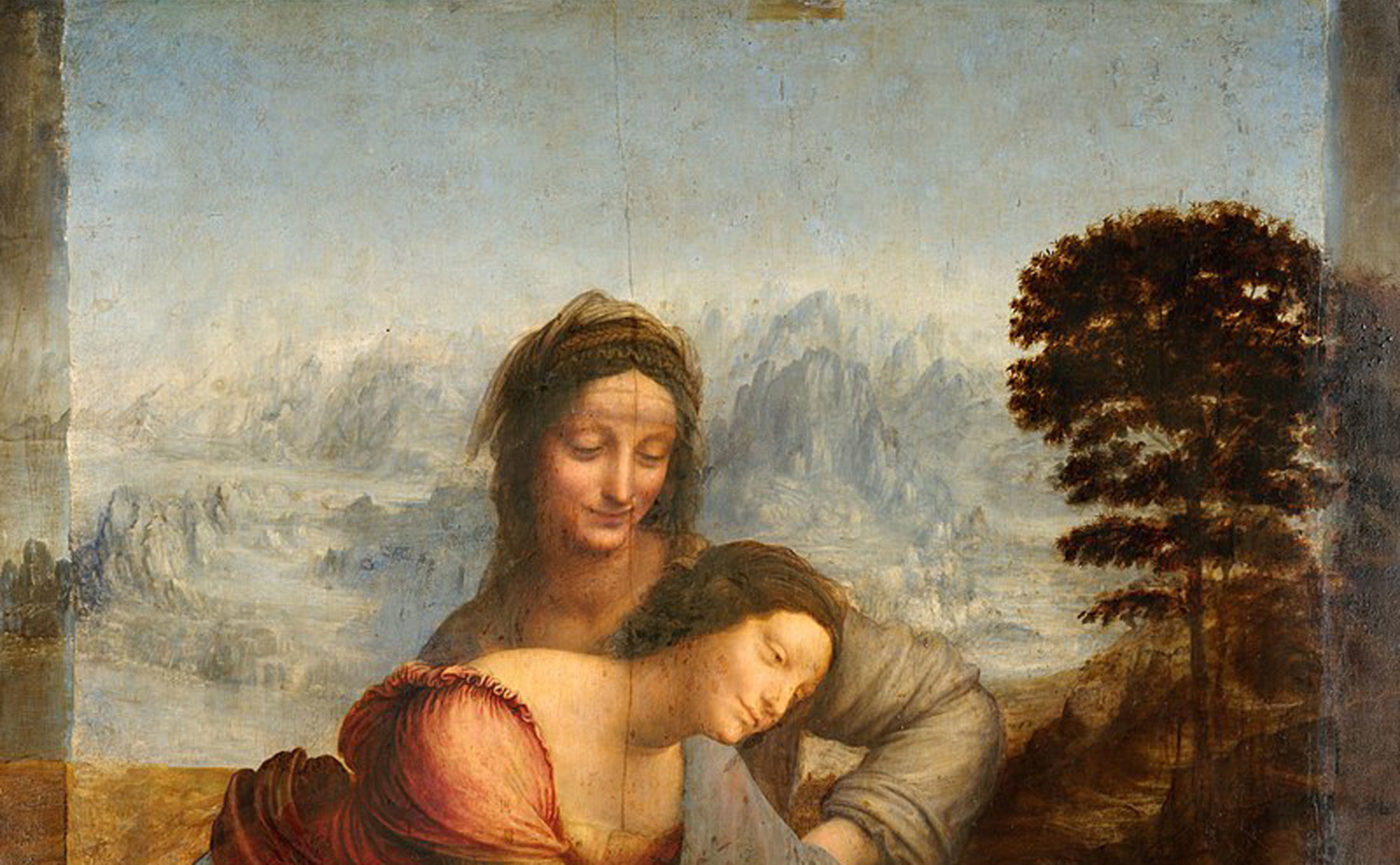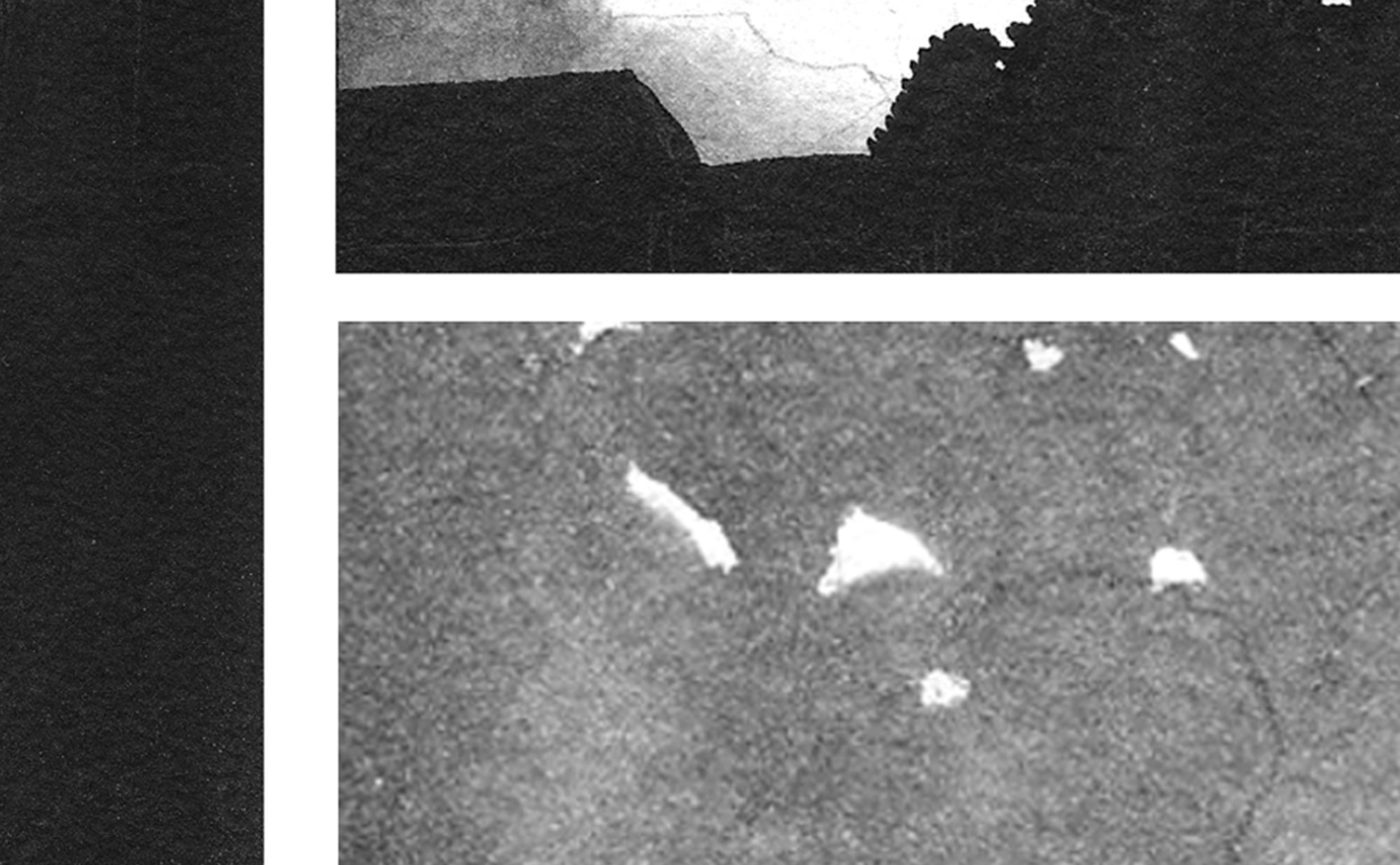Hannah Höch, Cut with the Kitchen Knife Dada through the Beer-Belly of the Weimar Republic (particolare), 1919, collage of pasted papers, 90 x 144 cm, Staatliche Museen, Berlin In 1916, in Zurich, Dadaism was born, a current that belongs to the group of the so-called historical avant-gardes that marked and revolutionized the artistic scene of the first thirty years of the twentieth century. Certainly Dada, as the name already testifies, with its strong playful component and dubious origin, is […]
Hannah Höch, Cut with the Kitchen Knife Dada through the Beer-Belly of the Weimar Republic (particolare), 1919, collage of pasted papers, 90 x 144 cm, Staatliche Museen, Berlin Nel 1916, a Zurigo, nasce il dadaismo, corrente che appartiene al gruppo delle cosiddette avanguardie storiche che segnarono e rivoluzionario il panorama artistico dei primi trent’anni del Novecento. Certamente il Dada, come già testimonia il nome dalla forte componente ludica e dalla dubbia origine, è tra le avanguardie artistiche del Novecento […]
Leonardo da Vinci, St. Anne, the Virgin and Child with the Lamb (detail), 1510-13ca Colour has its own qualities of representation of space not connected to figuration. This is an aspect that Itten himself (Johannes Itten 1888-1967) debated in his essay Art of Colour (1961), but which we would like to exemplify here through the work (1) of an artist, also a lecturer at the Bauhaus like Itten, who deals with the spatial capacities of colour throughout his life. […]
Il fumetto è per sua natura un’arte composita, e chiunque ne abbia trattato si è visto immancabilmente costretto a rilevarne le connessioni con altri ambiti e linguaggi artistici. Eppure mai ci è accaduto di leggere di un’eventuale connessione tra fumetto e architettura e, in questa sede, vogliamo ovviare a questa mancanza. Il vuoto, ritengo, sia ciò che accomuna queste due discipline. Mi riferisco a tale concetto così come viene inteso a partire dall’architettura degli anni’50 e a come ce lo […]
Leonardo da Vinci, Sant’Anna, la Vergine e il Bambino con l’agnellino (particolare), 1510-13ca Il colore ha qualità proprie di rappresentazione dello spazio non connesse alla figurazione. Un aspetto del quale ha dibattuto lo stesso Itten (Johannes Itten 1888-1967) nel suo saggio Arte del colore (1961), ma che vorremmo qui esemplificare tramite l’opera (1) di un artista, docente anch’egli al Bauhaus come Itten, che delle capacità spaziali del colore si occupo per tutta la vita. Josef Albers (1888-1976) fu anzi […]




